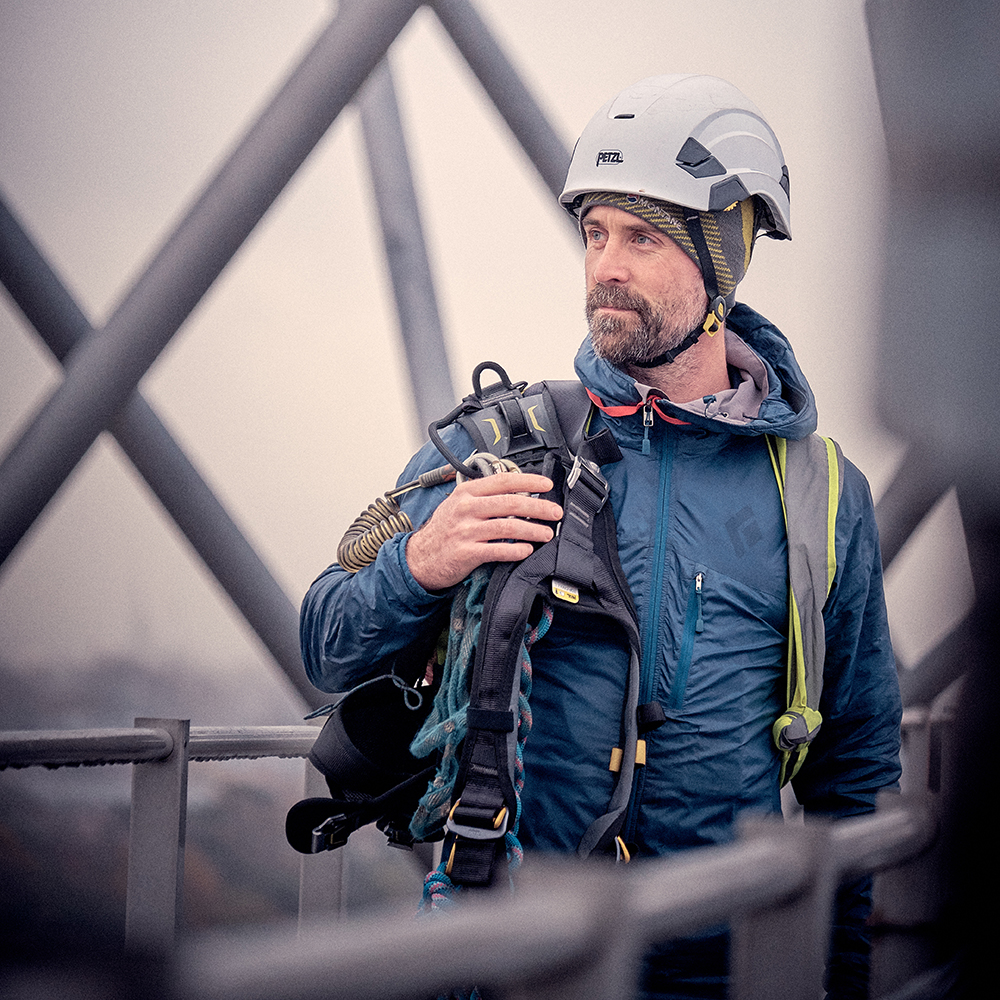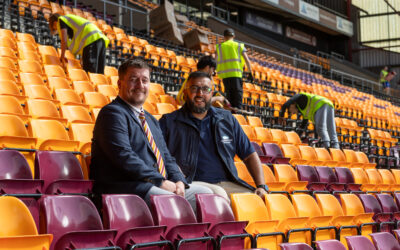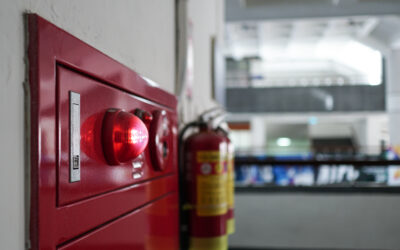Can you tell us what Rope Access is?
Rope Access is a means of accessing areas and places using trained operatives who utilise industrial climbing techniques and methods. It’s very different from the recreational climbing that people know, in that it is far more robust and safe.
Originally it was used within the Oil and Gas industry where they had difficulty accessing certain areas of a rig and needed the skills of climbers to get there and carry out the jobs required.
Are there many people or industries using Rope Access contractors?
I’ve seen it grow considerably in my time on the ropes however there is still an antiquated use of traditional methods like mobile platforms and scaffolding which really isn’t applicable to modern structures and size of buildings.
As buildings get more and more intricate and complicated Rope Access really starts to shine. It’s crazy it’s taken so long to be noticed as the fastest, safest, and cheapest form of access.
Is it safe?
Absolutely, it is by far the safest form of high-level work and that is finally being realised. There used to be fear surrounding it as people were uneasy with technicians being so exposed, but you can research for yourself that it is proven to be the safest means of work like this. As an IRATA Level 3 myself, I can say for sure that no operative on the ropes puts their own life at risk for the task at hand. We all take great care in what we’re doing because we’re the ones that would pay the price if we didn’t.
What does IRATA Level 3 mean?
IRATA stands for Industrial Rope Access Trade Association. It is the main governing body in the UK, but they also operate internationally. It is pretty much seen as the industry standard for any Rope Access division. As I mentioned before, it came from the oil and gas industry in and around the 80’s. They needed to start to set some rules and guidelines for operations that were going on to ensure the safety of the people working on the ropes. There are 3 levels to the IRATA training system. You must have worked for a minimum of 1 year or 1000 hours at each level to progress. Level 3 means that you have been trained to the highest standard and are a supervising technician. It also shows that you have been trained to rescue in most scenarios.
Have you had to rescue people?
Thankfully I haven’t had to rescue anyone, although I have performed a few staged rescues. I used to be part of the rescue team for the Emirates cable car in London and I’m also a trainee USAR technician for an International Urban Search and Rescue charity team called S.A.R.A.I.D.
So what is your role at Stadium Support Services?
I head up the Rope Access Division at SSS. We have a great vision and passion for what Rope Access can do and think the combination of our industry experience and reputation enables us to deliver something great. We’ve carried out some high-profile projects such as works at Twickenham Stadium, Wembley Stadium, Sixways Stadium, the Kia Oval and the HS2 project
Do you operate in Stadia only?
No, not at all. We carry out all kinds of Rope Access works like Working at Height Consultation, Construction Works, Rescue Teams, Maintenance, Event Rigging, Commercial buildings, Pest Control, Condition Surveys, Cleaning and many more.
What is your own working background?
I have predominantly a construction-based background, I started building agricultural buildings when I was 16, timber frame structures mostly. Pretty much always been working at heights in one way or another. After that first job, I went to events and rigged grandstand seating like large-scale scaffolding. I did this in the summers whilst living out in the Alps where I started working with the cable car maintenance teams. During this time, I decided to train for my IRATA. Then I moved back to the UK to work in London in Rope Access and spent a few years in London on buildings like the Shard, 20 Fenchurch Street, and the Tower in Vauxhall.
It was a great time for Rope Access in the city. Following my 7 years as a subcontractor for the last 8 years I’ve been managing Rope Access teams all over the country in many different sectors. So, are you now completely office based? Not entirely no, I try to be on the ropes at least every week and more if I can. I must ensure things are being done correctly on site and that can only be achieved by getting on the ropes myself. I think it’s important to stay involved, so then you know what you’re expecting of your team.
Have you got any big projects on the horizon?
Ah ha, well that would be telling! Put it this way, we’re working with some big clients the likes of the RFU, The FA at Wembley, CBRE and of course the Kia Oval so I would say to watch this space as well as some interesting partnerships with overseas companies looking to make an impact here in the UK.
I’m really excited about the projects we have in the pipeline for 2023 and look forward to not only showcasing Rope Access but also highlighting Stadium Support Services as the go-to company for all Stadium and building maintenance.

Dan Scott
Head of Rope Access Division, Stadium Support Services



